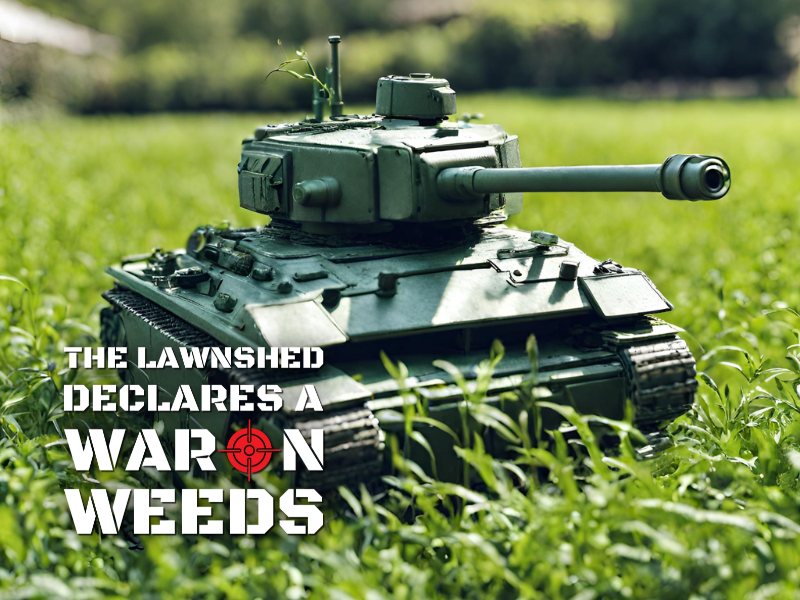Weeds. They’re the unwelcome guests in our gardens, appearing seemingly out of nowhere and threatening to overtake our lawns. But fear not! Armed with the right knowledge and strategies, you can turn the tide against even the most stubborn weeds. One crucial aspect of effective weed control is knowing your enemy – identifying the specific weeds you’re dealing with and choosing the appropriate strategy to combat them.
Identification is the first step in any weed management plan. Take the time to familiarise yourself with common weeds in your area, paying attention to their distinctive features such as leaf shape, flower colour, and growth habit. Remember we’ve created a handy weed guide here and if you don’t find it on our list we’d love to help you identify and create a strategy. Once you’ve identified the weeds in your lawn, you can then tailor your approach to target them effectively.
The first target in your lawn should be broadleaf weeds such as bindii and clover, these can be easily knocked dwon with a professional quality broadleaf herbicide like Bow and Arrow.
Grass weeds present a greater challenge due to their deeper root systems and ability to regrow from small root fragments. Examples include carpet grass, paspalum and rhodes grass. In this case it is best to put down a pre-emegrent like Spartan to prevent further seed germination and then work on the existing weeds over time.
Hand removal alone may not be sufficient for these persistent invaders, but it can still be an important part of an integrated weed management plan. When dealing with perennial weeds, focus on removing as much of the root system as possible to prevent regrowth. Digging them out with a garden fork or shovel can be more effective than pulling by hand, especially for larger or deeply rooted weeds.
A short, intense 5-minute weeding session can be particularly effective for keeping perennial weeds in check. Set a timer and concentrate your efforts on removing as many weeds as possible within that time frame, prioritising the most problematic areas of your garden. While you may not eradicate all the weeds in one go, regular short sessions can gradually win the war on weeds over time.
When hand removal alone isn’t enough to control weeds, herbicides can be a valuable tool, but it’s essential to choose the right herbicide for the job.
In conclusion, effective weed control begins with knowing your enemy and selecting the appropriate strategy to combat them. Whether it’s hand removal for difficult weeds, targeted digging, or strategic herbicide application, a tailored approach is key to winning the war against difficult weeds. So roll up your sleeves, sharpen your gardening tools, and let’s reclaim our lawns from the clutches of these unwanted invaders – one weed at a time.

